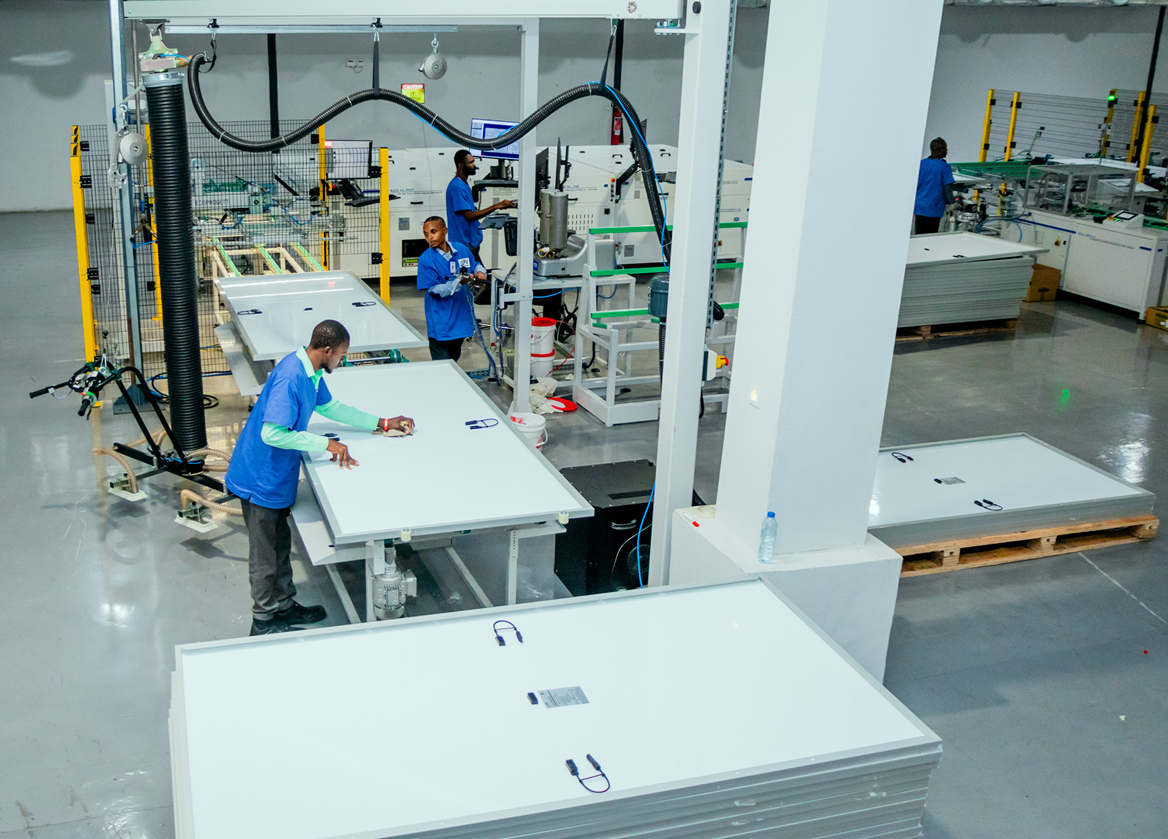Solar panels are at the heart of the renewable energy revolution, transforming sunlight into electricity that powers homes, businesses, and industries worldwide. But how exactly do these panels work, and why are they so crucial for our future? Let's dive into the science behind solar panels and explore their significance in the global shift toward sustainable energy.
How Solar Panels Work
Solar panels are made up of photovoltaic (PV) cells, which are the key components that convert sunlight into electricity. These cells are typically made from silicon, a semiconductor material that can conduct electricity under certain conditions. Here’s a simplified breakdown of the process:
1. Absorption of Sunlight: When sunlight hits the solar panel, the PV cells absorb photons (light particles). This energy from the sun is what drives the entire process.
2. Generation of Electrical Current: As the PV cells absorb photons, the energy knocks electrons loose from the atoms in the semiconductor material. These free electrons then move through the material, creating an electric current. This current is known as direct current (DC).
3. Conversion to Usable Power: The direct current generated by the PV cells is not yet usable for most household appliances, which require alternating current (AC). An inverter is used to convert the DC into AC, making it suitable for everyday use.
4. Power Distribution: The converted AC electricity is then used to power your home, or it can be fed into the grid to provide electricity to others. Any excess energy can be stored in batteries for later use, making solar power a versatile and reliable energy source.
Why Solar Panels Matter
Solar panels are more than just a technological marvel—they are a critical tool in our fight against climate change and our efforts to create a sustainable future. Here’s why they matter:
1. Environmental Benefits: Solar panels generate electricity without emitting harmful greenhouse gases or pollutants. By reducing our reliance on fossil fuels, they help to decrease air pollution and combat climate change.
2. Energy Independence: Solar energy allows individuals, businesses, and nations to reduce their dependence on non-renewable energy sources. This leads to greater energy security and stability, especially in regions where access to traditional energy sources is limited or expensive.
3. Economic Savings: Although the initial cost of installing solar panels can be high, the long-term savings are substantial. Once installed, solar panels can significantly reduce or even eliminate electricity bills, making them a cost-effective solution in the long run.
4. Sustainable Development: Solar energy supports sustainable development by providing a reliable and renewable energy source. This is particularly important for developing countries, where solar power can bring electricity to remote areas and drive economic growth.
5. Job Creation: The solar industry is a major driver of job creation, from manufacturing and installation to maintenance and sales. As the industry grows, it provides new opportunities for skilled workers around the world.
Conclusion
The science behind solar panels is both fascinating and fundamental to the future of energy. By converting sunlight into electricity, solar panels offer a clean, sustainable, and economically viable alternative to traditional energy sources. As we continue to face the challenges of climate change and energy security, the role of solar power will only become more critical.
Investing in solar energy is not just about embracing new technology—it's about committing to a brighter, greener future for generations to come. Whether you're considering solar panels for your home or simply curious about how they work, understanding the science behind them is the first step toward making informed decisions that benefit both you and the planet.






